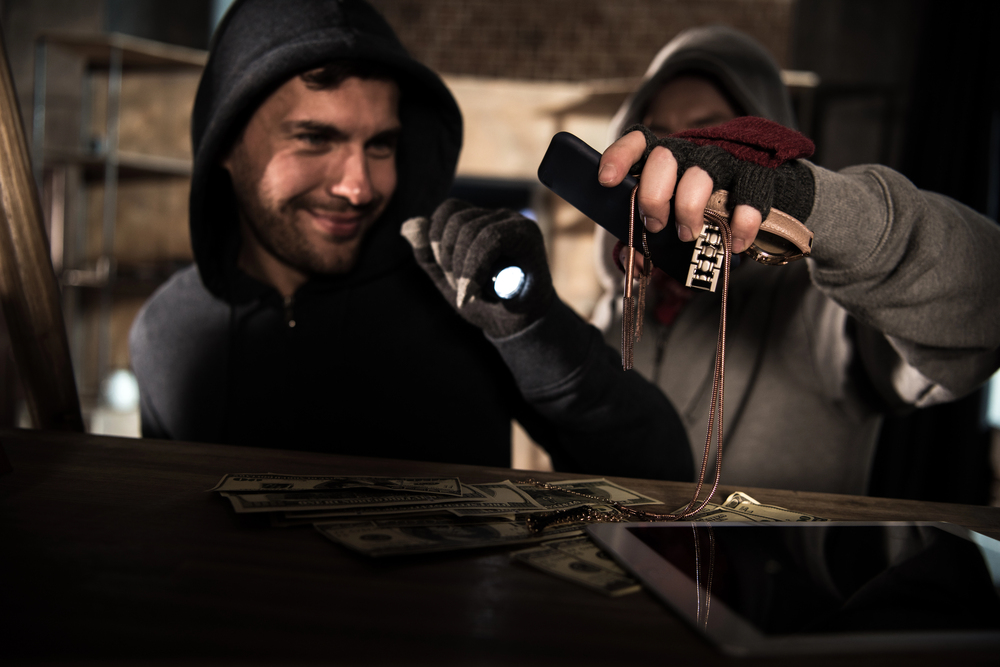
A burglary occurs somewhere in the U.S. every 18 seconds and more often than not, the victim’s residence appeared to be a soft target. The reality? Many unwittingly send “no one’s home” messages without even knowing it. Those telltale signs such as an unlit house or an empty driveway are precisely what burglars seek.
Security experts refer to them as “occupancy cues,” and they’re the distinction between a house that appears occupied and one that shouts “empty.” According to K. Campbell of Blue Glacier Security & Intelligence, introducing randomness to your home’s pattern can stump potential burglars. The best news: with a combination of smart technology, friendly assistance from neighbors, and some simple adjustments, you can get your abode looking active even when you’re in another town.
Here are nine pro-approved ways to keep your home off a burglar’s hit list without draining your wallet or your vacation spirit.
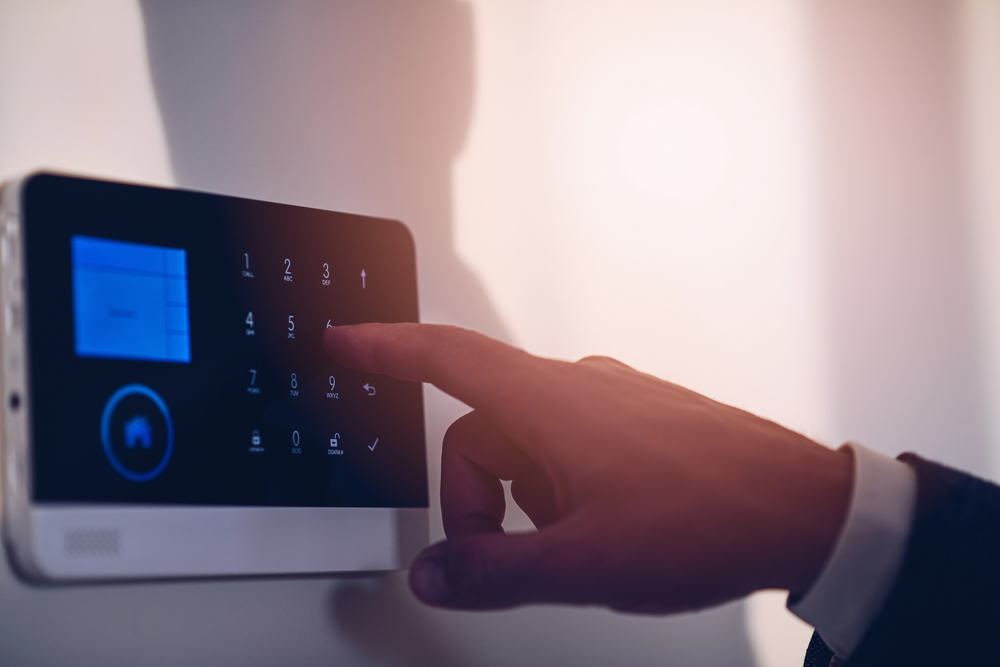
1. Upgrade to Smart Lighting for Realistic Occupancy
Keeping one light on every day may seem secure, but experienced burglars are aware that’s a giveaway. Manual timers aren’t much better either they go by the book. Smart lighting revolutionizes things. According to Rob Gabriele of SafeHome.org, remote lights allow you to mix up timing, intensity, and even hue so that your home’s illumination appears genuinely occupied. Vacation modes available with many systems randomize schedules so that patterns become more difficult to detect.
To add additional deterrence, combine smart bulbs with a TV light simulator or smart plugs to operate radios and TVs. Certain systems, such as Ring’s outdoor lights, can even cause recordings or notifications when motion is detected, providing an added level of security.

2. Keep Your Driveway Active
An empty parking lot or a vehicle that hasn’t budged in days can be a screaming vacancy sign. Thieves “case” houses to see what routine the homeowners have. If you typically park in front, have a neighbor use your parking lot when you’re away. Better yet, switch cars for a few days so nothing remains predictable.
If that’s not possible, consider moving your own car occasionally before leaving, or arranging for someone to shift it during your trip. The goal is simple: no obvious patterns.
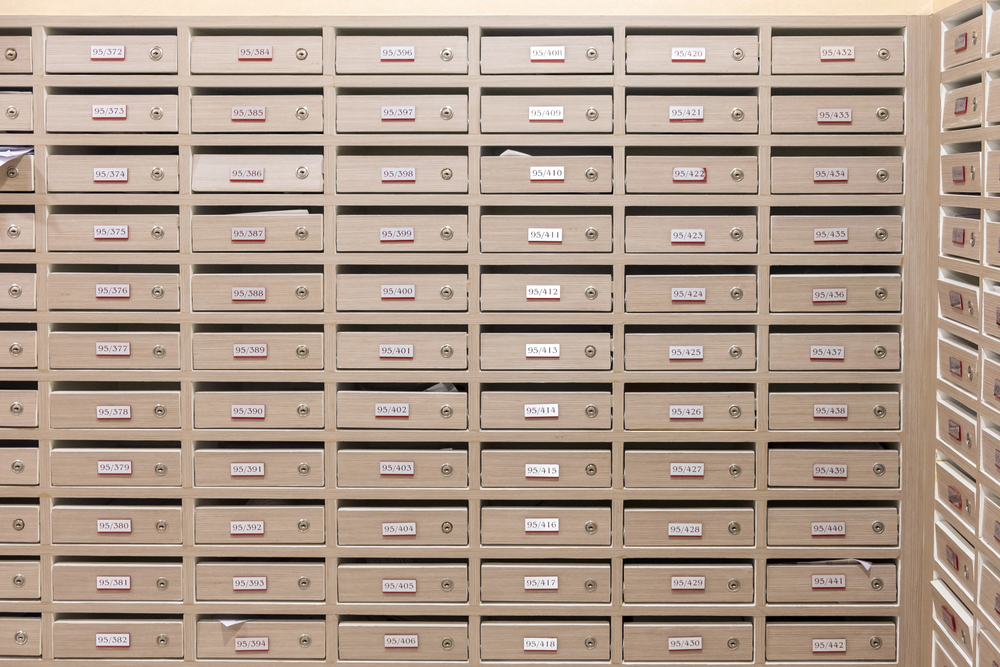
3. Stop Mail and Package Pileups
Full mailboxes and piles of Amazon packages are akin to billboards shouting you’re gone. The solution is simple ask a friend to pick them up or put in a USPS mail hold for 30 days. More delivery services also allow you to reschedule or reroute packages.
Don’t forget papers, flyers, or even phone directories left on your doorstep. Have a neighbor pick those up as well so nothing indicates an unoccupied house.
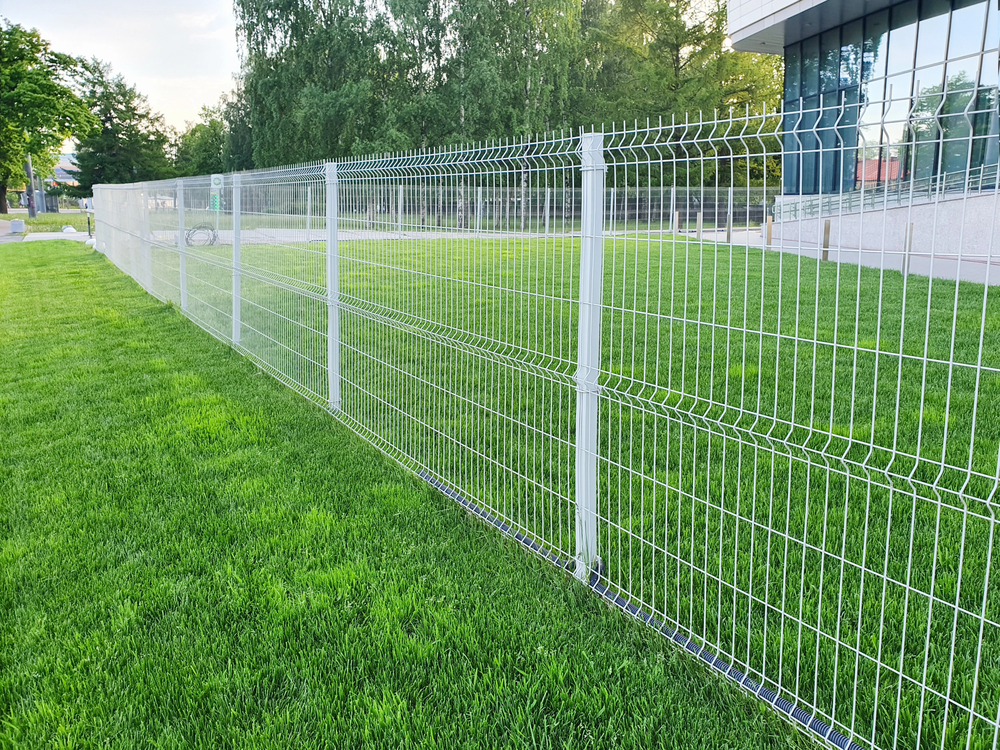
4. Maintain Your Lawn and Curb Appeal
A normally neat lawn that suddenly looks wild can tip off observant intruders. The same goes for raked leaves in fall or cleared walkways in winter. As Gabriele advises, arrange for lawn care or snow removal if you’ll be gone more than a few days.
In snowy weather, new footprints up to your door can also serve to generate the appearance of activity. It’s a small touch, but it is effective.
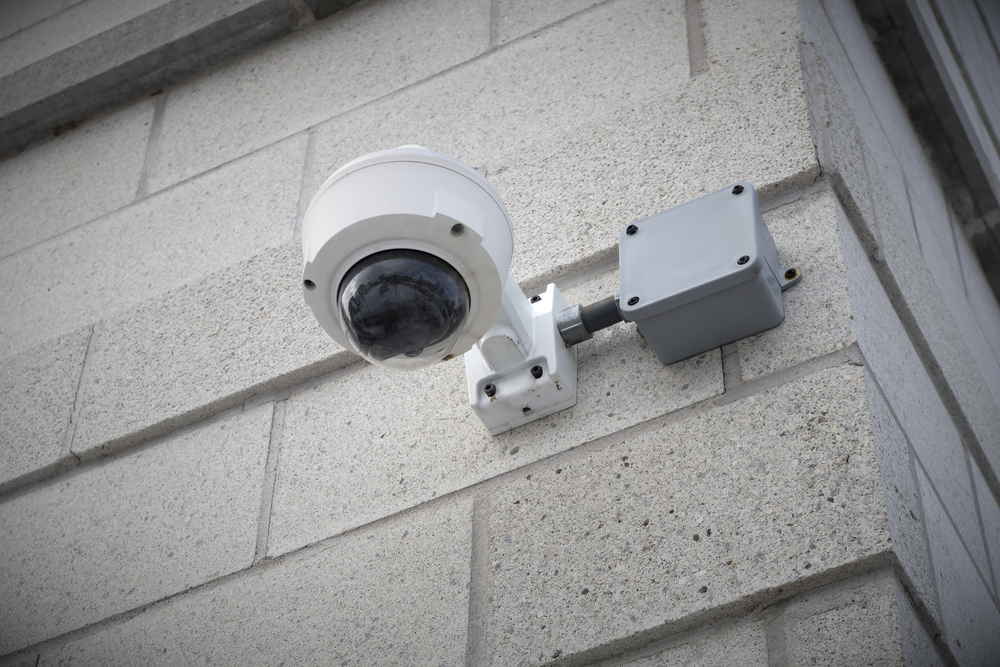
5. Strategically Use Motion-Activated Lights
Motion-sensing lights are a traditional deterrent surprising intruders and putting them in view of neighbors. However, as experts remind us, they’re most effective when paired with other signs of occupancy. Mount them out of reach to avoid tampering, and protect critical entry points such as side doors, garages, and dark areas.
For some added tech, hook motion lights up to your smart home system so they activate indoor lighting or cameras upon detection.
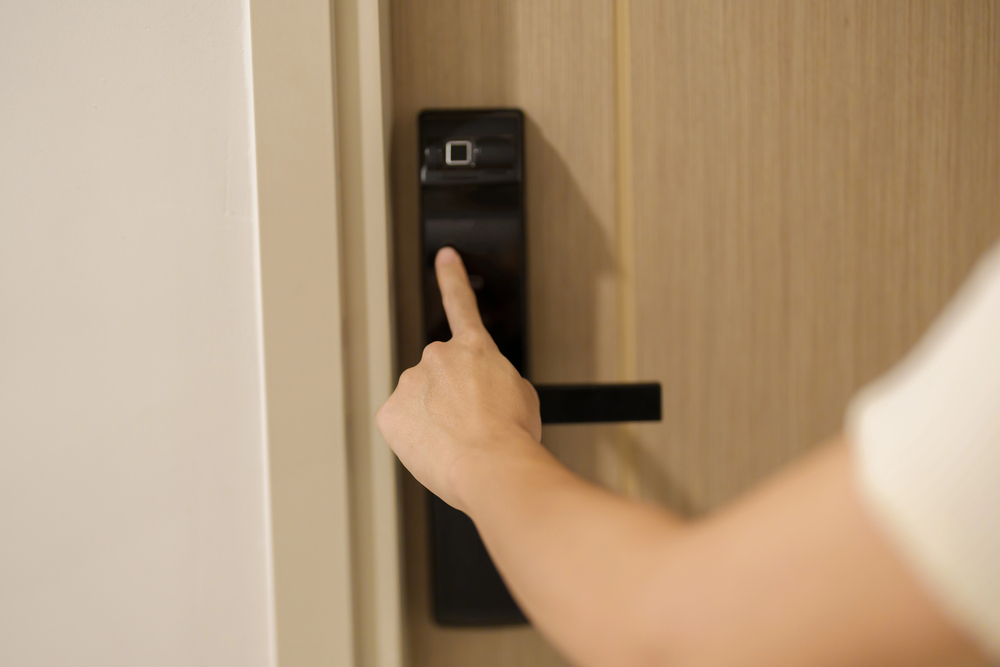
6. Lock Doors, Windows, and Sliding Panels
Unlocked or weak entry points are an invitation to enter. Top-grade deadbolts (Grade 1 or 2) and reinforced strike plates with three-inch screws make forced entry extremely difficult. On sliding doors and windows, install dowels or anti-lift pins to prevent them from being opened.
Visible security decals either for an alarm system or even a dog can also make burglars think twice about attempting.

7. Engage Reliable Neighbors
The best and lowest-cost security is a vigilant neighbor. Get to know the people around you and make a deal to watch each other’s houses. They can pick up mail, turn trash cans out to the curb, and even monitor for suspicious behavior.
If you trust them, leave a spare key in case of an emergency instead of hiding one outside where burglars know it will be.
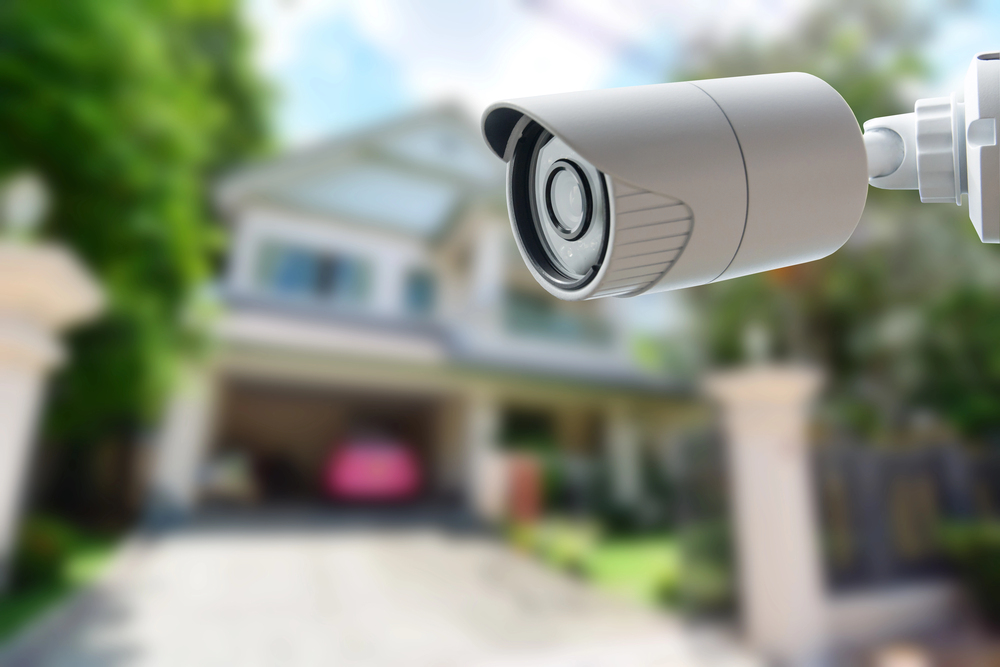
8. Add Audio and Visual Cues
Sound can be as effective as sight. Smart speakers can play music or talk radio at certain times, and TVs can be programmed to turn on and off during the day. Maintain volumes just high enough to be audible outside without disturbing the neighborhood.
If you do have video doorbells or security cameras, use them to their fullest potential answer doors remotely through the app, or activate nearby lights if a visitor approaches.
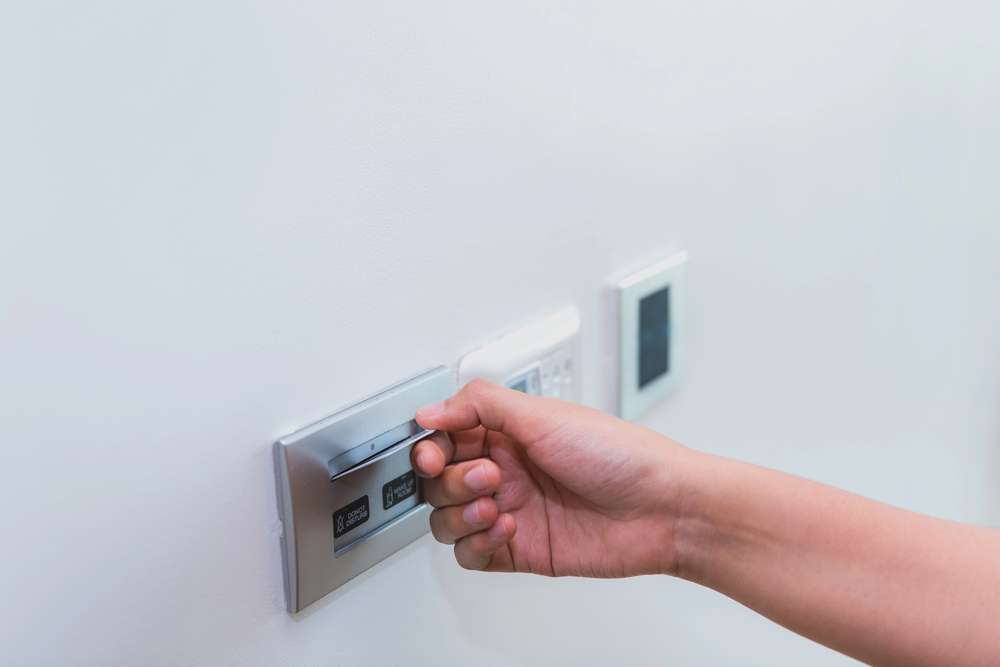
9. Don’t Document Travel Plans on Social Media
It’s tempting to share beach selfies live, but advertising your absence is dangerous. They do track social media for victims. Post the vacation photos when you get back.
Also do not post too many detailed itineraries. The fewer individuals who are aware of your specific schedule, the higher your home’s chances of remaining secure.
Getting your house to appear occupied isn’t about high-end gizmos or complex systems it’s about piling small, realistic details on top of one another so that collectively they sow uncertainty in the mind of a potential burglar. By leveraging intelligent tech alongside easy-to-arrange neighborhood coordination, you can set off on vacation with confidence knowing that your house appears anything but vacant. And that sense of security? It’s priceless.


